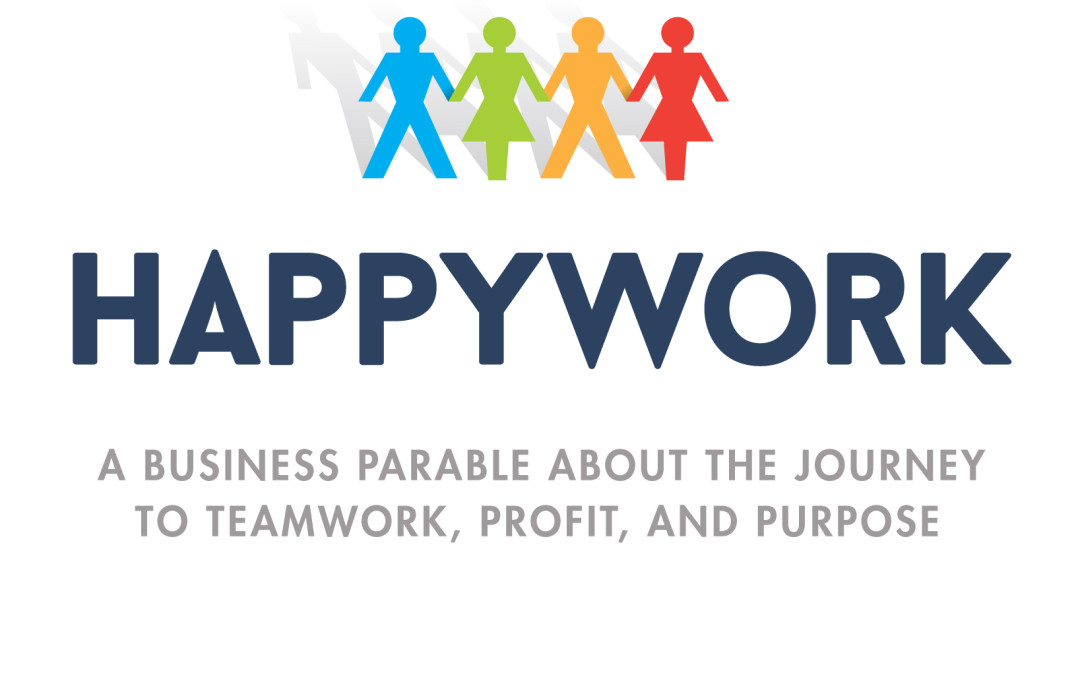I remember a prof in grad school telling us that happy employees aren’t always productive, but productive employee are typically happy. My academic background is in the field of organizational psychology (behavior, development and leadership) and I’ve always been a student of systems and design. My career has allowed me to work for large corporations and small startups and I’ve frequently been the guy brought in to fix, heal, correct, build or stabilize a company or organization. I enjoy it and I am pretty damn good at it. Want to know my secret? Start at the top…start with the guy (or lady) who brought you in in the first place. Some leaders have vision, some are even good at execution, but few are good at building a productive, meaningful, sustainable and effective community of employees. Few can build good companies. Many build toxic places full of weak-ass good intentions.
Chris Reimer (whom I consider a personal friend) wrote a book and that book got published and I was fortunate enough to read it. In Happywork, Chris takes us inside the most dysfunctional company I’ve ever witnessed. It is like a collection of the worst case studies ever assembled. At first this is distracting. But a distraction isn’t always a bad thing. The style of the book lends itself to useful distractions. These no-way-this-would-ever-happen moments move the story along as tension builds. Chris paints a picture of a company where employees are not even close to being productive or happy. In fact, it seems like neither happiness or productivity are part of the company’s DNA. But things are not always as they seem…
I know many people have felt unhappy at work. Chris knows it too and that is why this book is so important. The trouble is that people look at the surface and make judgement calls about the true DNA of a company. Although I mentioned that many leaders end up building toxic companies, the truth is that nobody wants to run a toxic company. If you think the employees are unhappy and unproductive in a toxic environment, imagine how leadership feels. That is what Chris does very well in Happywork. He effectively tells the story in a way that examines how employees at every level of a toxic situation are feeling and reacting.
I like to consider myself an organizational designer (I might have made that up because designers are some of my favorite peeps) and I try to look at situations not from the perspective of faulty DNA, but from the perspective of good DNA in a faulty and poorly designed system. I recommend reading Happywork. It is a book of hope, coping with despair, and being cognizant of how work truly impacts all elements of life.

